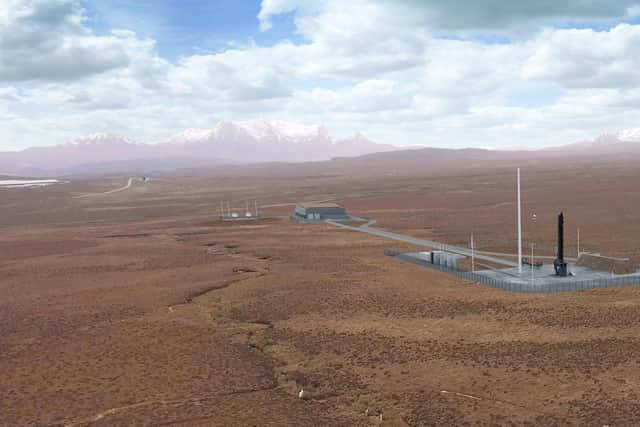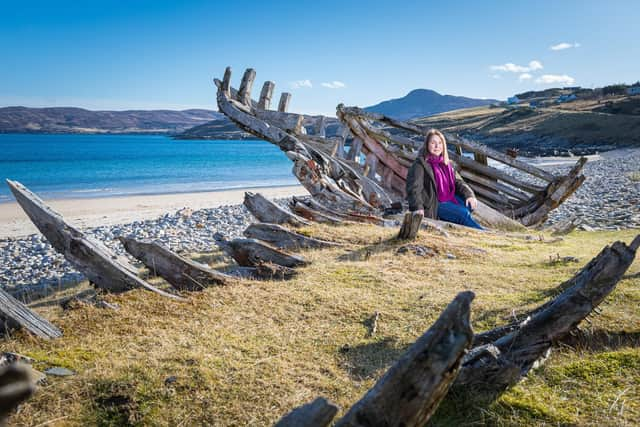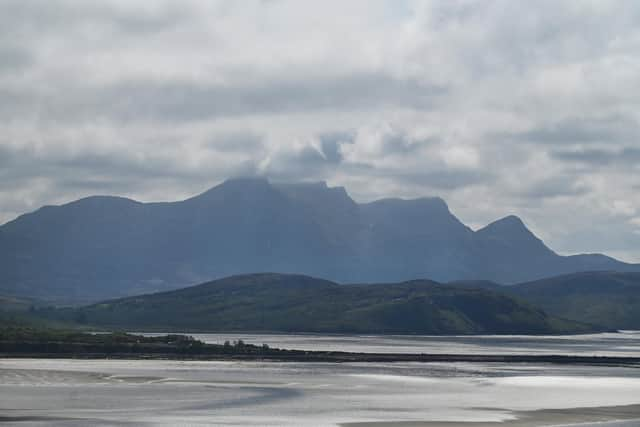Scotland’s spaceport gets final go ahead after historic court ruling
The Scottish Land Court on Tuesday gave the go-ahead for a change in land use that will allow Space Hub Sutherland to be built at Melness Crofters’ Estate while remaining working croft land.
The ruling comes after a judicial review last month rejected legal challenges against the £17.5 million development, made by Wildland, the conservation company owned by Danish billionaire Anders Holch Povlsen.


Advertisement
Hide AdAdvertisement
Hide AdIt means Space Hub Sutherland is on track to be the UK’s first spaceport and would see an inaugural space flight launching from the site in 2022.
Crofters from the estate have welcomed the judge’s decision, which they believe will provide lasting benefits for the remote community.
Dorothy Pritchard, chair of Melness Crofters’ Estate, a voluntary group of crofters who own the 10,700 acres of land, said: “This is fantastic news for the long-term future of our community and we welcome this decision from the Land Court today to grant the change in land use.
“It’s all systems go now for building the space hub, and we look forward to working with Highlands and Islands Enterprise and Orbex in the coming weeks and months ahead.


“Our vision from day one has been to create opportunities for the local community while minimising disruption to our landscape here in Sutherland.
“We know that unless we create more opportunities for people to live and work here in Sutherland then we will lose the heart and soul of our communities.
“The job-creation that comes as a direct result of the space hub and additional knock-on opportunities in the future will ensure that our community thrives for generations to come.”


Planning permission for the project, which will facilitate around 12 launches of small communications satellites into earth orbit each year, was granted by Highland Council in June 2020.
Advertisement
Hide AdAdvertisement
Hide AdThe site will include a vertical launch pad, control centre and associated infrastructure to transport and prepare launch vehicles.
The space hub is expected to bring around 41 skilled jobs to the region and generate additional opportunities through space tourism and partnerships with research institutes.
The community of Melness is situated on the north coast of Sutherland, stretching for about five miles around the picturesque Kyle of Tongue.
The estate includes a harbour, stunning beaches, islands, burns, lochs and extensive peatlands.
The Melness Crofters’ Estate committee has set out a commitment to minimising the spaceport’s impact on the environment and disruption to traditional crofting.
Animals and birds will be free to frequent the area as normal, with minimal fencing. Non-fenced exclusion zones will only prohibit crofters from using the land for grazing within 36 hours of a launch.
Plans also include work to restore internationally important peatlands on the site and use of biofuel for the rockets.
Mr Povlsen, Scotland's richest man and largest private landowner, owns land near the Space Hub Sutherland site and has concerns about its impact on protected areas.
Advertisement
Hide AdAdvertisement
Hide AdHis company Wildland raised a legal action against Highland Council's planning approval, but it was rejected.
The firm has announced it will not appeal against the ruling, but is still “deeply disappointed” by the decision.
A message from the Editor:
Thank you for reading this article. We’re more reliant on your support than ever as the shift in consumer habits brought about by coronavirus impacts our advertisers.
If you haven’t already, please consider supporting our trusted, fact-checked journalism by taking out a digital subscription.
Comments
Want to join the conversation? Please or to comment on this article.
